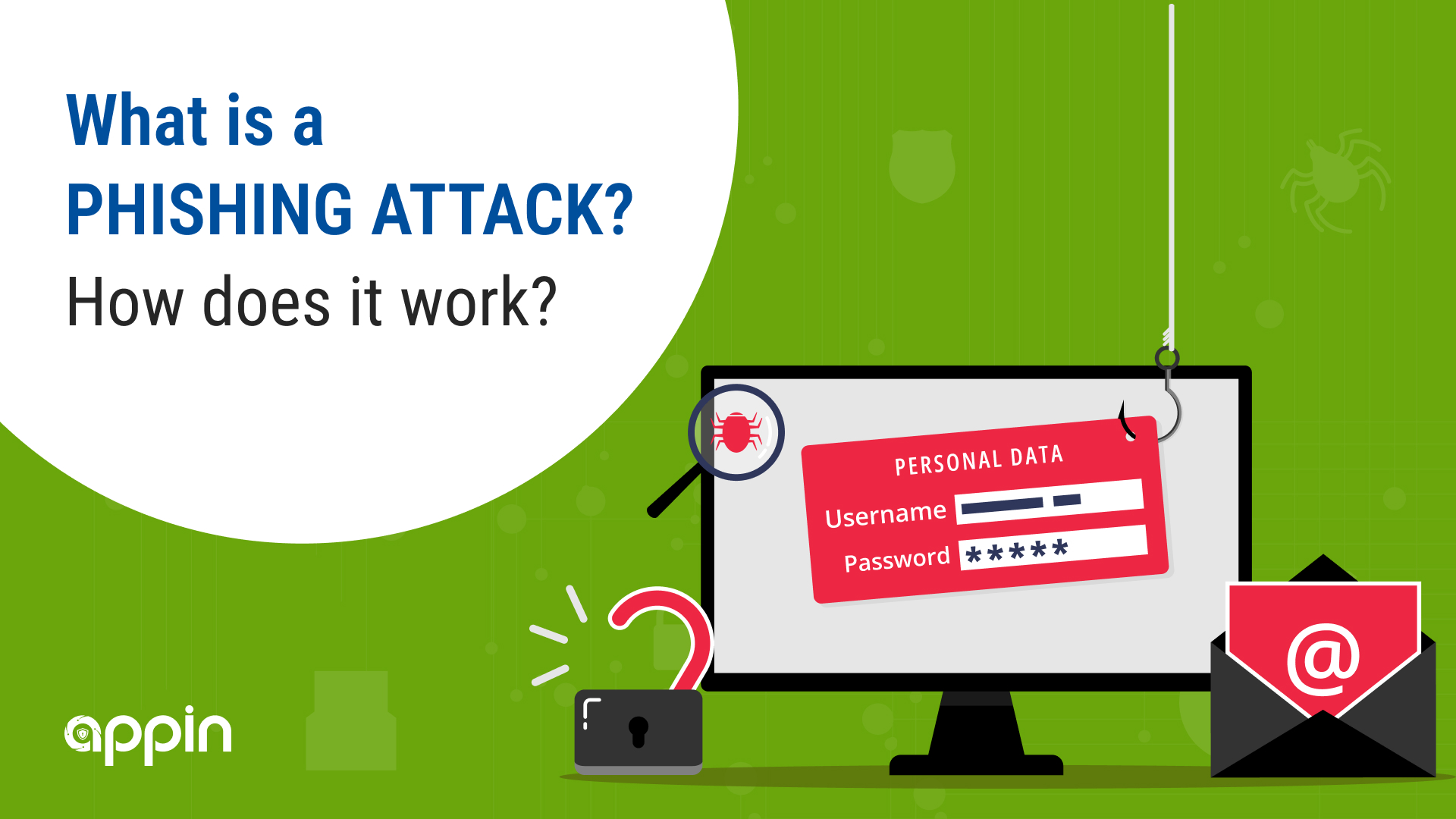In an increasingly interconnected digital world, staying safe online is more crucial than ever. One of the most common threats you may encounter is a phishing attack. But what exactly is a phishing attack, and how can you protect yourself against it?
In this blog, we’ll explore phishing attacks—what they are, how they operate, and practical steps to safeguard yourself. Understanding these scams is crucial for maintaining your online security.
What is a Phishing Attack?
A phishing attack tricks people into giving away personal information by pretending to be from a trusted source, like a bank or a social media site. Attackers send fake emails or messages, urging victims to click on links or provide sensitive details.
Falling for it can lead to identity theft or financial loss. To stay safe, be skeptical of unexpected requests for personal info, verify sender authenticity, and use security measures like two-factor authentication. Awareness and caution are key to avoiding these scams.
In India, a phishing scam targeted State Bank of India (SBI) customers. They received fake SMS messages about unauthorized logins, urging them to click a link to verify their accounts. The link led to a fake SBI website where their login details were stolen. This highlights the importance of being cautious with unsolicited messages and ensuring cybersecurity measures are in place.
Common Phishing Techniques
Phishers use various tricks to make their attacks seem more real to their targets and achieve their goals. Some common phishing tricks include:
- Social Engineering: Phishers use psychology to trick people. They might lie, pressure, offer rewards, or use other ways to get what they want.
- Typosquatting: Phishers might make websites or URLs that look like trusted ones. If people aren’t careful, they might think these are real links.
- Email Spoofing: Phishers make emails look like they come from someone you trust, even if they don’t. The sender’s name in emails can be changed, so phishers can make messages seem real.
- URL Shortening: Websites like bit.ly hide where a link really goes. Phishers use this to trick people into clicking on bad links.
- Malicious Redirects: Redirects send you to another page if the original link doesn’t work. Phishers use this to send you to bad pages instead of good ones.
- Hidden Links: Phishers hide links within harmless-looking text or images. If users accidentally click these hidden links, they’re taken to phishing pages.
How Does a Phishing Attack Work?
Phishing attacks work by exploiting human psychology. Hackers know that people are more likely to click on a link or respond to a message if it looks like it’s coming from someone they know or trust. Here’s how a typical phishing attack might work:
The hacker sends you an email or text message that looks like it’s from a trusted source, like your bank or a friend. The message usually contains urgent language, like “Your account has been compromised” or “You need to update your password immediately.”
The message includes a link that looks like it goes to a legitimate website but takes you to a fake website controlled by the hacker. The fake website asks you to enter your personal information, like your password or credit card number.
Once you enter your information, the hacker now has access to your account and can steal your money or identity.
How to Protect Yourself from Phishing Attacks
Phishing attacks can be tricky to spot, but there are a few things you can do to protect yourself:
- Be cautious of unsolicited messages: If you receive an email or text message from someone you don’t know, or if the message seems suspicious, don’t click on any links, or respond to the message.
- Check the sender’s email address: If you receive an email that looks like it’s from a trusted source, check the sender’s email address to make sure it’s legitimate. Hackers often use fake email addresses that look like the real thing, but with small differences.
- Look for spelling and grammar errors: Phishing emails often contain spelling and grammar errors, so be on the lookout for these signs.
- Use two-factor authentication: Two-factor authentication adds an extra layer of security to your accounts by requiring you to enter a code sent to your phone or email in addition to your password. This makes it harder for hackers to access your accounts, even if they have your password.
- Educate yourself: The more you know about phishing attacks, the better prepared you’ll be to spot them. Stay informed about the latest phishing techniques and trends and share what you learn with your friends and family.
Conclusion
Phishing attacks are a common and dangerous type of cyber-attack that can have serious consequences. By understanding how phishing attacks work and taking steps to protect yourself, you can reduce your risk of falling victim to one.
Remember to be cautious of unsolicited messages, check the sender’s email address, look for spelling and grammar errors, use two-factor authentication, and educate yourself about phishing attacks. With these precautions in place, you can stay safe online and protect your personal information from falling into the wrong hands.


